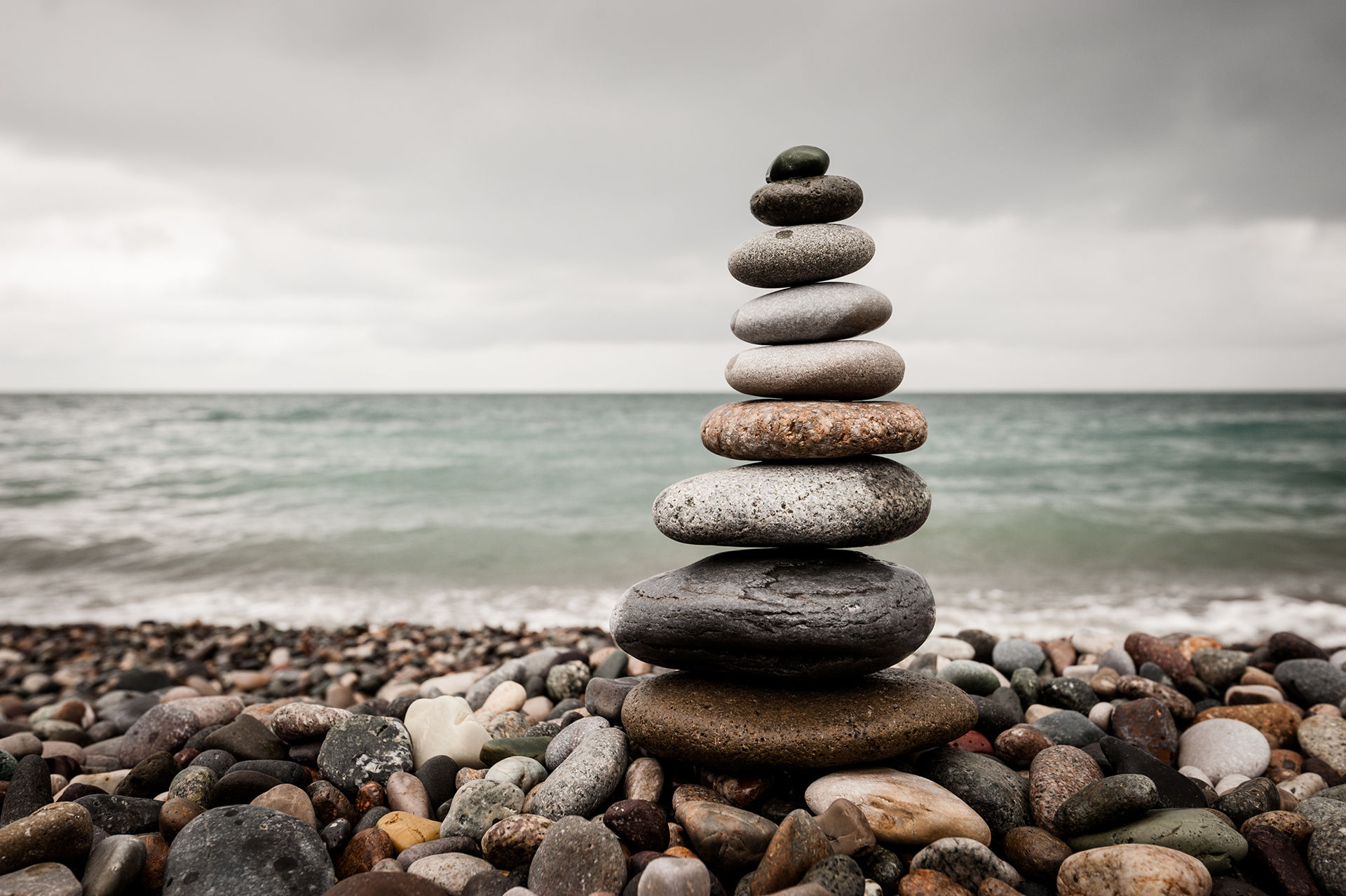Sacred Cains

On the home page of my website is a picture of a cairn. Cairns are piles of stone placed one on top of the other to mark key events such as battles, burial sites, mark trails, or remember sacred or important events.
They have an impermanence as they fall apart with the onslaught of the elements of life, inviting us to touch and interact with them, to rebuild them anew.
In a similar way we build inner cairns to mark key moments in our lives - recalling important people, places, understandings, critical events... sacramental cairns that dot the interior landscape of our hearts, minds, souls.
Each stone can represent a belief, dream, hope or memory; milestones of our life woven into our very consciousness. Sometimes, however, these too can fall apart speaking of the fragility of things that we cling to in the mirage of permanency; asking that we stop, pause, recall and re-adjust to renew our inner bearings again.
Some signs and markers along the trail of life simply demand to be rearranged so we can fruitfully carry their living presence forward into the future. But even as they change and weather, just like stone cairns, they still go on reminding us to reconnect with our inner landscape and encounter past events anew. And, as we interact with them, they mark places where we too can be transformed and changed.

In the Christian tradition cairns can also mark particular times of divine encounter. Jacob built a cairn to mark the place of Bethel where he had his night dream of a stairway from earth to heaven, and even anointed his cairn with oil. It marked a place of transformative encounter, life would never be the same again.
Cairns lead us on to this sacred space, to go deeper into the cairn-space of the heart, to uncover more of our true self found in God as the very ground of our being.
The picture of a cairn on my biography page has a markedly chipped stone. I like that. It speaks to me of the reality of our human brokenness and wounding; and that the search for our true self is about finding our reality and wholeness in God, not about personal perfection. It also speaks to me of our need to have compassion for ourselves, and others, in our vulnerability and fallibility as we travel our spiritual-psychological journey; slowly and deeply coming to know ourselves as loved in all that we are.
What cairns do you have within your inner landscape, both comfortable and uncomfortable? Do you revisit them, to allow them to refresh and re-energise your inner compass?
Sometimes it can be difficult and painful, particularly for cairns that mark battle grounds or burial sites, but I wonder how the Winds of the Spirit may be leading you to rebuild these as they change with the passage of time and elements of inner weather?
Can you allow them to engage you in a transformative and renewing encounter?
What cairns may lie still yet to be known within you?
If you would like to reflect more on cairns try 'Cairn Space: Poems, Prayers, and Mindful Amblings about the Places We Set Aside for Meaning, Prayer, and the Sacramental Life in New Monasticism ' by N. Thomas Johnson-Medland.





































